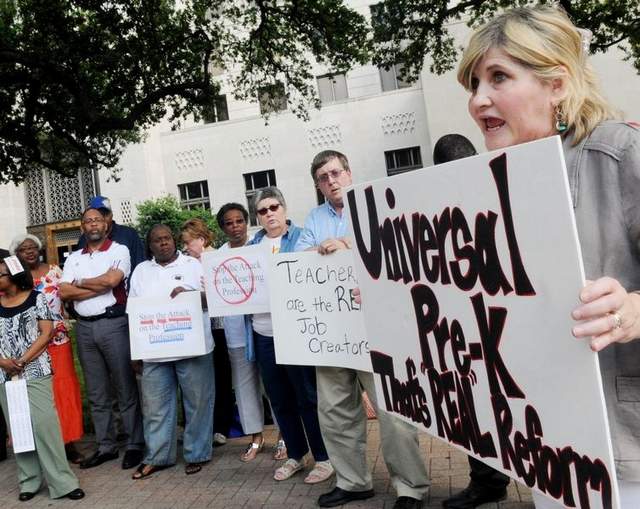A driving passion to create for students a school that meets, even exceeds, standards she had for her own children’s schools is what drove Deborah Kenny to jump headfirst into the raging sea of opening a charter network, the Harlem Village Academies. In a storytelling-style book, Born to Rise, Kenny offers not only her personal motivation to be a charter trailblazer in Harlem, but a down and dirty look into what it takes to open the doors on that first day of school – from funding to securing a building to finding the best teachers.
Much of what she writes about her inspiration is common among many charter school founders – social justice concern for children in the throes of poverty who can make it if only given a chance, despair over bureaucratic mandates that impede true student growth and an annoyance with union rules that handcuff teachers to doing less or keep teachers who work at sub-par levels in contact with students for way too long. Yet, Kenny holds a unique approach to the type of school she wants to open, one that puts people and culture first. Her belief, based on research and reading, particularly Peter Drucker’s Management Challenges for the 21st Century, is that building a culture where people enjoy work and empowering teachers to take ownership of their jobs will result in top outcomes for students. Like many education leaders, Kenny understands how critical it is to have a quality teacher in every classroom. But, rather than script teachers to get a top performance, she wants to give them the freedom, along with accountability, to make their own decisions. It goes without saying that she also puts a lot of time and energy into hiring the right teachers.













